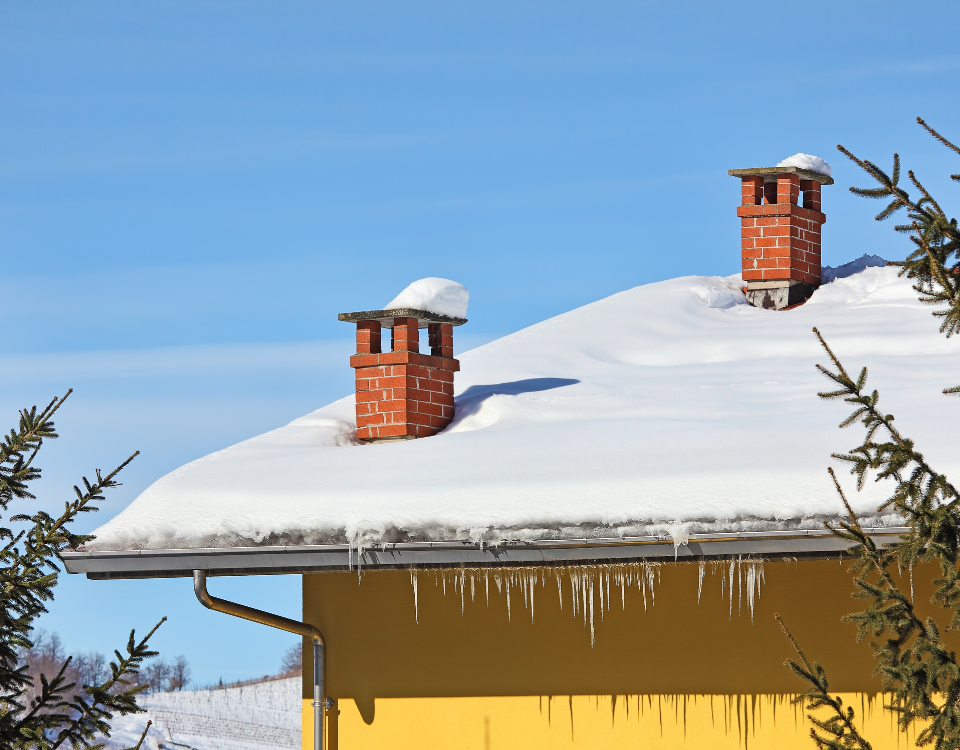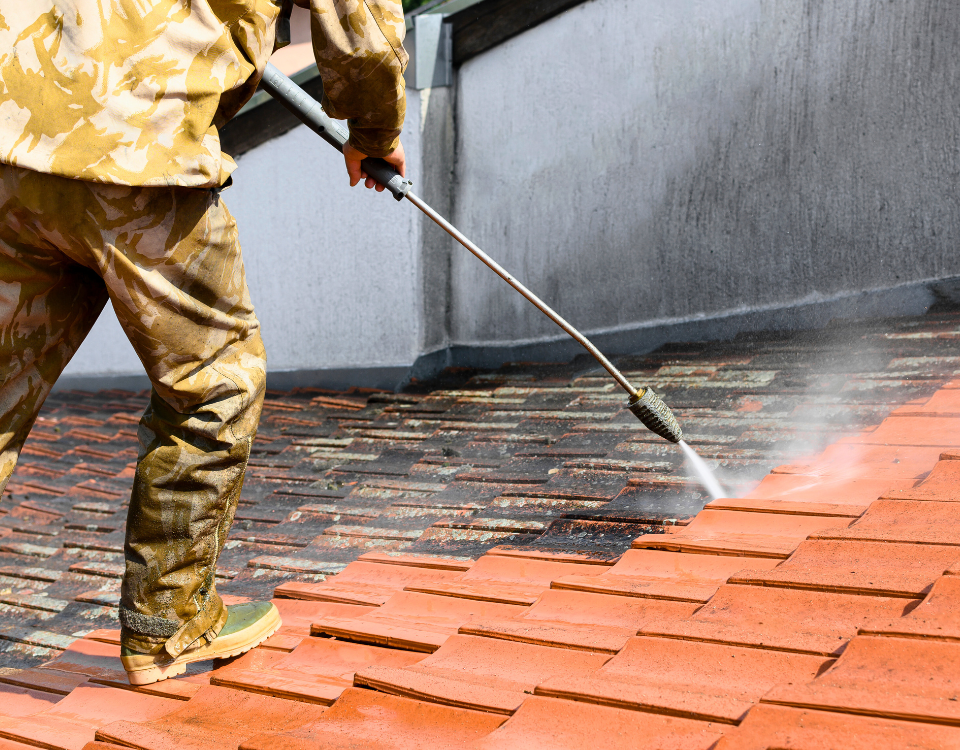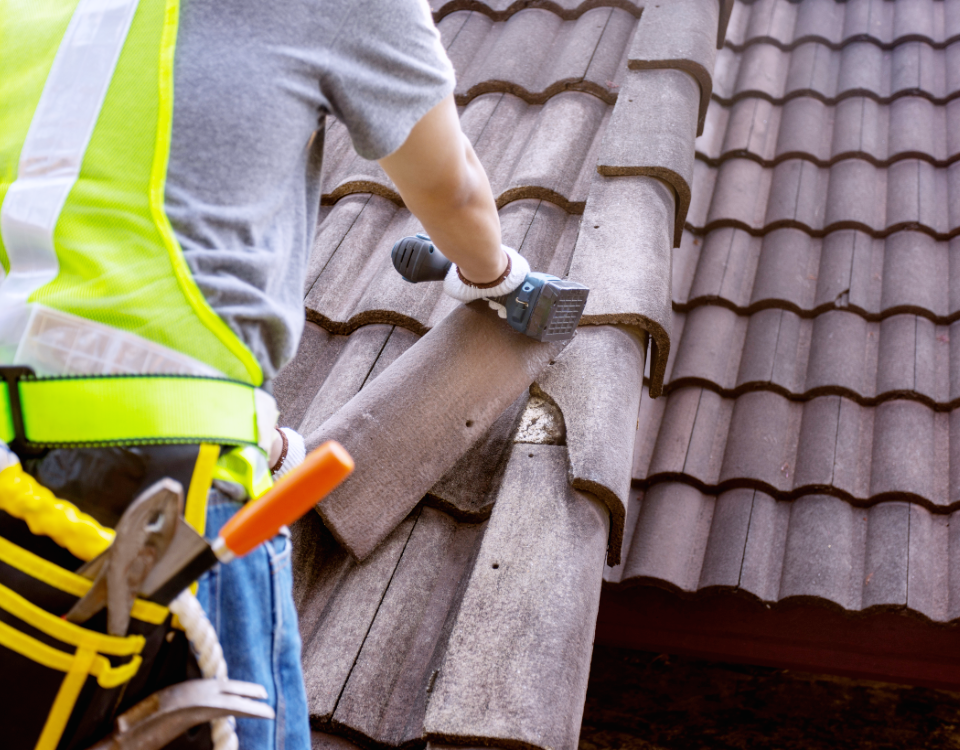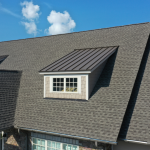
How To Maximize GAF Roofing Shingles Lifespan
December 30, 2023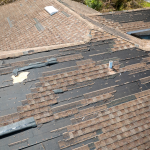
What Does Wind Damage Look Like on a Roof?
February 26, 2024Key Takeaways:
- Inspection and Decision-Making: Before deciding whether to repair or replace a leaking roof, it’s essential to assess the extent of the damage. Hiring a professional for an inspection can help determine the best course of action.
- Cost and Insurance Considerations: The cost of a roof replacement can vary widely, depending on materials and installation methods.
- Materials and Maintenance: Different roofing materials offer varying levels of durability and protection. Regular maintenance and timely repairs are crucial for extending the lifespan of any roofing material.
You’ve noticed a leak along the ceiling or a loose shingle about to give way. You think you may need a repair, or perhaps a replacement—but you’re at a loss for where to begin. How much will you have to shell out for up-front costs? Will your insurance cover a full replacement? Take a look at these frequently asked questions to inform your roofing project.
Q: Do You Need to Replace a Leaking Roof?
A leaking roof is never a good sign—but it isn’t irreversible. You’ll have to determine the amount of damage that has already occurred before deciding between a repair and replacement. Inform your decision by hiring a professional to inspect your fixture.
Q: How Long Does a New Roof Last?
An average, cost-effective roof will last roughly 20 years. However, its lifespan may vary according to system design, material, installation method, local weather conditions, and more. Regardless of the type of material you select, ensure that you study the product’s warranty.
Learn more about GAF roofing shingles.
Q: How Do You Know When There is Something Wrong With Your Roof?
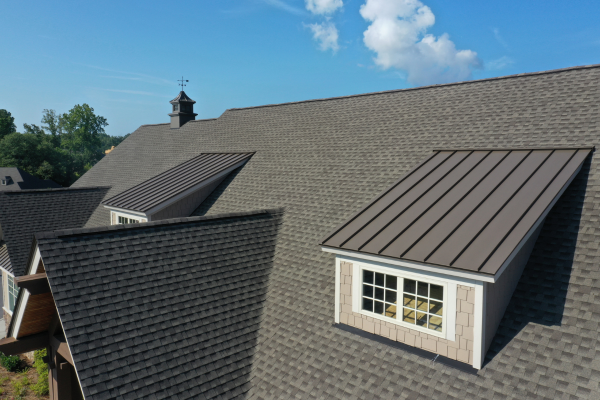
If you’ve done without maintenance for quite some time and believe something is wrong with your roof, be on the lookout for molding, loose or rotting shingles, cracking, breaks, and rusting.
If there is one telltale sign that your roof needs replacing, it’s wet spots on your ceiling. You’ll also want to consider your roof’s age or consult with a contractor to determine this number if you can’t pinpoint it yourself.
Q: What Material Makes for a Sturdy Roof?
When it comes to roofing materials, you’ll find no shortage of options. For instance, asphalt makes for a popular economical choice that may withstand rains and high winds. However, it won’t protect against more extreme temperatures.
Slate is another popular material contractors employ. Made with natural materials, slate roofs are more durable and will last longer than their asphalt counterparts.
Q: What is the Average Cost to Tear Off and Replace a Roof?
The average homeowner will spend above $8,000 to replace a roof, though some will shell out upwards of $10,000. On the lower end of the spectrum, some will manage to replace their structure for only $5,000.
This cost will depend on the material you select, the installation method you prefer, and other additional features.
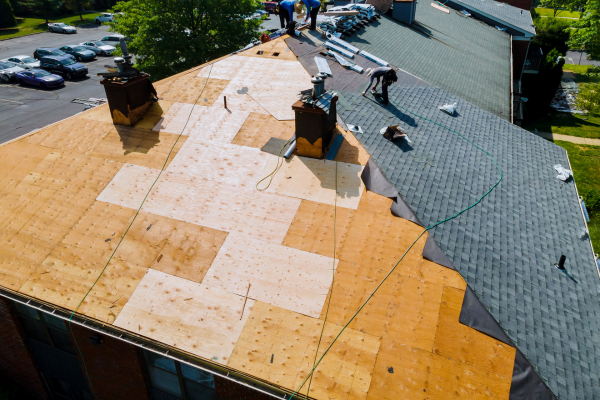
Q: Does Homeowners Insurance Cover a Roof Replacement?
In cases where roof damage results from a natural disaster or accidental event, homeowners insurance may cover a replacement. However, it won’t cover a naturally deteriorating fixture due to wear and tear or age.
Q: How Long Does the Installation Process Take?
Depending on your property’s square footage, most residential installations will take no more than three days. First, your contractor will tear off the existing structure and install the new roof on the second or third day, reliant on the weather conditions.
Q: How Do You Prepare for a New Roof Installation?
When facilitating a reinstallation, you’ll want to move valuable items such as vehicles and patio furniture out of the way. Free up space within any potential work zones and board pets with a neighbor if you can’t look after them yourself.
Q:What is the cleanup process after roof is replaced?

Roof replacement is a significant undertaking. It not only improves the appearance of a house but also its structural integrity. The cleanup is a critical aspect of the roofing project that is often overlooked. The cleaning process is essential not only for the aesthetic appeal of your property but also to avoid potential hazards and to ensure a smooth transition between the old and new roof.
After a roof replacement, the cleanup process usually involves several steps. The roofing crew will remove all debris that was generated during the tear-off and installation phases. The roofing crew will remove all debris generated during the tear-off and installation phases. This includes old shingles and underlayment, nails, and other materials from the old roof. Roofers use magnetic sweepers to remove stray nails that may have fallen to the ground. This prevents any potential safety hazards and damage to vehicles.
After removing the debris, the next step is to inspect the area thoroughly for any materials that may have been overlooked. Roofers are very attentive to gutters, landscaping, and downspouts. They ensure that there is no accumulation of debris in these areas. It is important to clean gutters regularly for water drainage. This will prevent water damage.
Roofers may use a powerful magnetic device to search for nails that have been scattered in the yard or landscaping during the roofing project. This systematic approach prevents any injuries to visitors, pets, or residents. It also emphasizes the importance of safety both during and after the roofing project.
A final inspection is also conducted on the property to identify potential problems that could have occurred during the roofing process. Damage to siding, windows, or any other exterior elements could be a result. Responsible roofing companies will promptly address any damage that is not intended.
Cleaning the interior may be necessary as well. During the roof replacement, dust and debris could have made their way to the attic or the living space. Reputable roofers will ensure that interiors are left in the same condition or better than before the project began. Cleaning, dusting, and vacuuming the affected areas may be required.
The cleanup process is a vital part of any roofing project. A thorough and meticulous cleanup will not only improve the appearance of your property, but it will also protect the roof’s integrity and ensure the safety of all residents. It is important that homeowners discuss the cleaning procedures with their roofing contractor prior to starting any project. This will help to avoid misunderstandings and set expectations.
Q: Will roofers provided references and past work examples?
One of the most important factors to consider when hiring a roofer is their reliability and craftsmanship. References and examples of past work play an essential role in this regard. Referrals and past work examples are important to a reputable roofing company. They can help potential clients feel confident.
Referrals are usually contacts of former clients who worked with the contractor. These people can give you valuable insight into the work quality, timeliness, and professionalism of the company.
Asking for references is a good idea. Contact them and get first-hand information on the contractor.
References and examples of past work serve to demonstrate a roofer’s abilities. Reputable roofers maintain a portfolio that showcases their work, including different types of roofing, and highlights their knowledge of various roofing styles and materials. The portfolio is a great way to showcase the roofing contractor’s skills and also allow homeowners to see the possible outcome of their own roof project.
The homeowner should ask to see the contractor’s portfolio at the first consultation. It is a great way to see the contractor’s work in a variety of styles and determine if it matches the preferences of the homeowner. Reviewing similar projects to the planned project is important, as it gives an accurate picture of the roofer’s experience in tackling specific challenges and requirements.
Many roofing contractors have a digital presence in the age of digitalization, which includes websites and social media platforms where they display their previous work. These platforms allow homeowners to learn more about the roofing contractor’s abilities and read reviews.
Homeowners should approach requests for references and examples of past work with confidence. As part of their commitment to transparency and building trust, a reputable roofer should be willing to provide this information. When a roofing contractor is unwilling or unable to give references and examples of past work, this may raise questions about their credibility and quality of services.
Summary: References and examples of past work are essential elements when hiring a roofer. This information should be sought out by homeowners, reviewed thoroughly, and used to make an informed choice when choosing a roofing professional.
Q: How do roofers address ventilation?
A properly functioning roofing system is dependent on proper ventilation. It is crucial to the long-term durability of the roof. It prevents issues like mold growth, ice dams, and excessive heat in the attic. Roofers use a variety of strategies to ensure optimal performance and durability when installing or replacing a roof.
Roof ventilation’s primary purpose is to maintain a constant flow of air in the attic. The intake of fresh, dry air is done through the soffit ventilation, while the hot, humid air is expelled via the exhaust vents. This creates a well-ventilated and balanced environment. Roofers can address ventilation in several ways.
1. Soffit Vents
Roofers place soffit ventilation at the eaves to allow fresh air into the roof. These vents allow for cool outdoor air to enter attic spaces. The soffit vents come in a variety of designs, including continuous and individual vents. Their selection is based on the requirements of the roof system.
2. Ridge Vents
Ridge Vents are installed at the peak of the roof and serve as exhaust vents. The vents allow for the continuous flow of hot, humid air from the attic. Ridge vents blend in with the roofline and are unobtrusive.
3. Roof Gable Vents
Roof gable vents help to promote cross-ventilation. Together with ridge and soffit vents, they ensure that airflow is consistent throughout the entire attic. The gable vents can be handy in areas with varying wind directions.
4. Static Vents
Static vents are also known as box vents and are installed to exhaust air from the roof. They are designed to remove hot air from the attic directly and are used with other ventilation systems.
5. Attic Fan
Roofers may, in some cases, recommend installing attic fans for better ventilation. The electrically powered fans are more efficient at removing hot air, particularly during extreme temperatures. The use of an attic fan is determined by the roof system and the climate conditions.
6. Proper insulation
Roofers are very attentive to the attic’s insulation level. Insulation helps to regulate extreme temperatures and prevent heat from entering the living space below. Proper insulation combined with efficient ventilation contributes to energy savings and a comfortable interior environment.
Roofers will carefully evaluate the ventilation system during the roof installation or replacement and make any necessary adjustments.
Conclusion
When in Charlotte, the weather is often unpredictable. As such, navigating a roof replacement can be challenging, but it isn’t impossible, just like outdoor club chairs that become weathered over time but lasts your roof can be maintained for years to come.
Facilitate your roof replacement with our dependable contractors at Charlotte Roofing. Beyond the initial fix, we are happy to provide additional advice to create optimal conditions for your roofing system.



